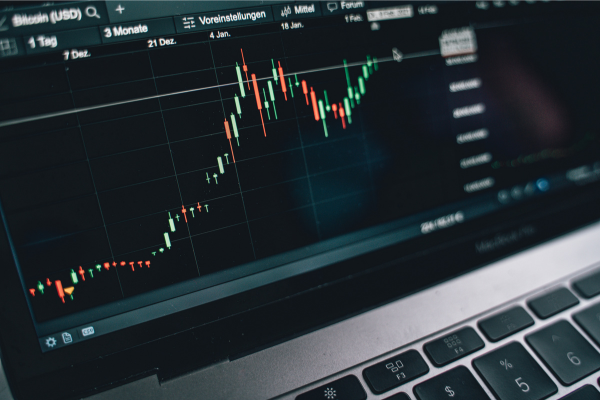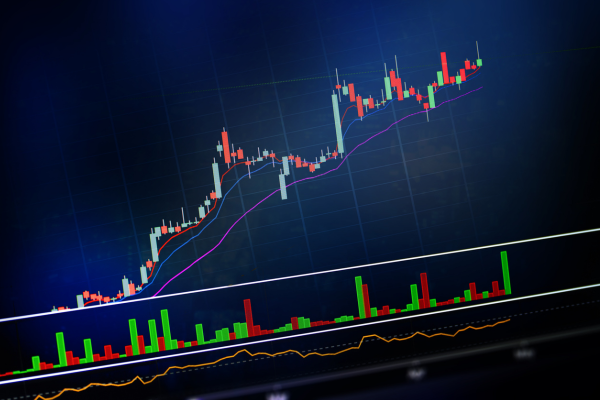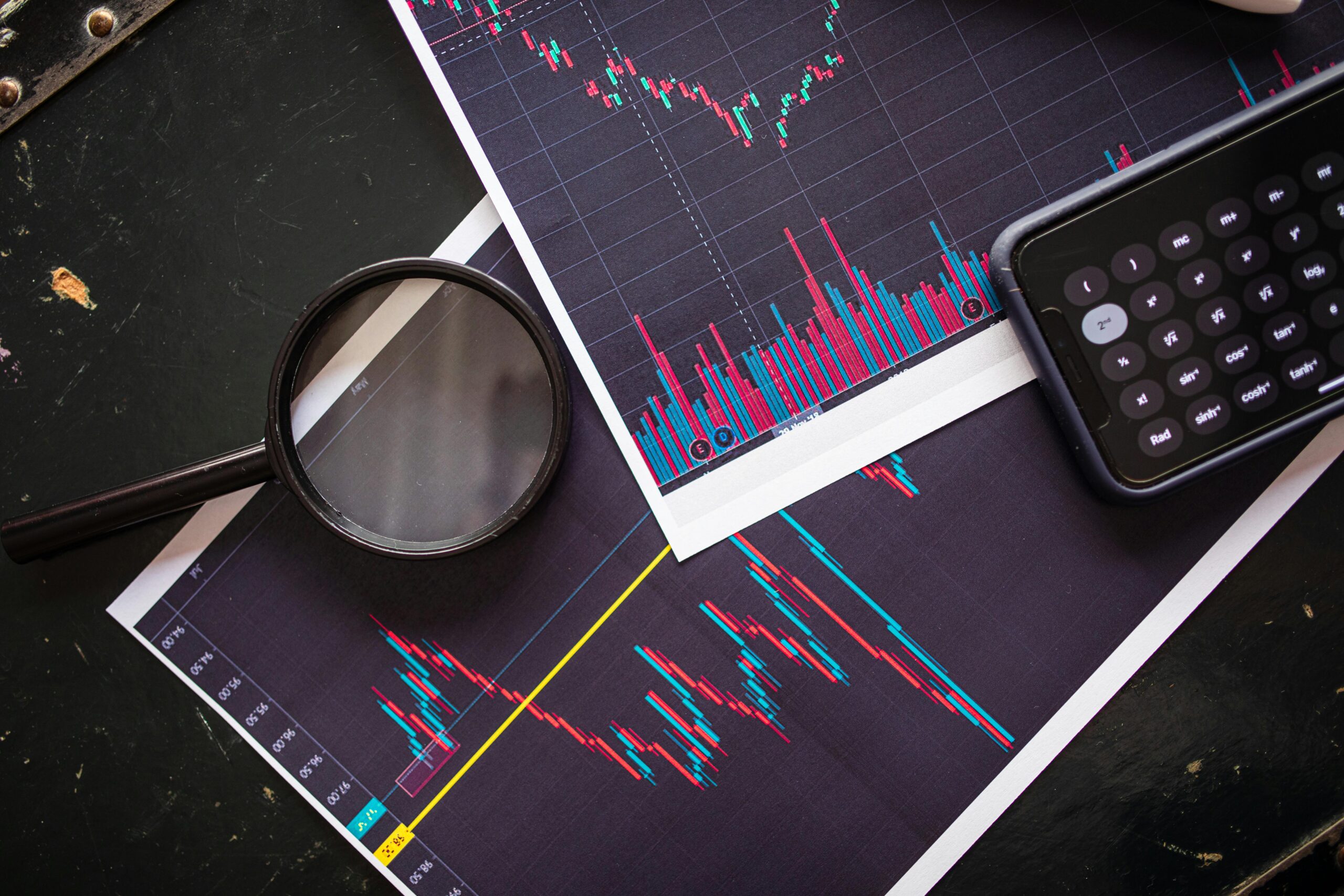Understanding how to analyze stock volume and liquidity for better trading decisions is fundamental for both new and experienced investors. These metrics provide insights into the level of market activity, how easily stocks can be bought or sold, and the potential for price movement. Mastering these aspects enables traders to make informed decisions, allowing them to gauge when to enter or exit a position, anticipate volatility, and manage risks effectively. In this article, we will explore the ins and outs of analyzing stock volume and liquidity, and how they contribute to smarter trading decisions.
Table of Contents
1. What Are Stock Volume and Liquidity?
To start, let’s understand the terms:
- Volume: Stock volume refers to the number of shares traded over a specific period, typically shown as daily volume. High-volume stocks are traded more frequently, indicating higher interest and potential volatility.
- Liquidity: Liquidity indicates how quickly and easily a stock can be bought or sold without significantly affecting its price. High liquidity means the stock is in demand, and its price won’t change drastically with each trade.
Understanding how to analyze stock volume and liquidity for better trading decisions starts with identifying the key characteristics and nuances of each metric.
2. Why Volume and Liquidity Matter in Trading
Increased volume and liquidity in stocks provide benefits for trading strategies, such as ease of transaction, smaller spreads, and price predictability. Knowing how to analyze stock volume and liquidity for better trading decisions means recognizing how these aspects shape market dynamics:

- Efficient Execution: High-volume and high-liquidity stocks allow trades to be executed faster.
- Reduced Slippage: High liquidity means less slippage, where you pay a price above or below your intended point due to price shifts during transaction time.
- Predictable Prices: Stocks with high liquidity have smaller spreads (difference between buy and sell prices), providing stable prices and reducing unexpected losses.
3. Key Indicators to Analyze Stock Volume
One of the first steps in understanding how to analyze stock volume and liquidity for better trading decisions is to learn the key indicators used in volume analysis:

- Average Daily Volume (ADV): The average number of shares traded over a specific period, usually daily. It gives a clear picture of market interest in a stock.
- Volume Oscillator: This indicator compares current volume levels with historical volume. It helps to confirm trends by highlighting significant volume changes.
- On-Balance Volume (OBV): OBV calculates cumulative volume and its effect on price. Rising OBV with rising price suggests strength, while falling OBV with rising price indicates weakness.
- Volume-Weighted Average Price (VWAP): VWAP provides insight into the average price a stock has traded throughout the day based on both volume and price. VWAP can highlight the average investor sentiment in intraday trading.
4. Assessing Liquidity and Its Key Indicators
When learning how to analyze stock volume and liquidity for better trading decisions, consider liquidity indicators to get a clearer picture of a stock’s accessibility:
- Bid-Ask Spread: A narrow bid-ask spread indicates high liquidity, while a wide spread can indicate low liquidity and higher transaction costs.
- Turnover Ratio: The turnover ratio measures how often a stock is traded within a specific period. Higher ratios indicate better liquidity.
- Market Depth: This assesses the number of orders to buy or sell at different price levels. A deep market with high liquidity ensures that large trades don’t significantly affect the stock’s price.
5. Using Volume and Liquidity in Trading Strategies
Once you grasp how to analyze stock volume and liquidity for better trading decisions, you can use them in practical strategies to manage risk and capitalize on opportunities.
A. Breakout Trading Strategy

- Volume as a Confirming Signal: Breakout trading involves buying or selling once a stock’s price breaks above resistance or below support. Volume confirmation, such as a spike in volume on the breakout, indicates genuine interest and reduces the chance of a false breakout.
- Avoiding Low-Liquidity Breakouts: Low liquidity can cause sharp, volatile price swings, which may lead to false breakouts.
B. Swing Trading and Volume Oscillators

- Volume Patterns: Volume patterns help swing traders identify possible entry and exit points. Observing volume surges and declines during trend changes allows swing traders to time their trades effectively.
- Liquidity Helps Smooth Transactions: High liquidity ensures traders can exit positions quickly, reducing the risk of getting stuck with an asset.
C. Long-Term Investing and On-Balance Volume

- Long-Term Volume Analysis: For long-term investors, OBV is beneficial for confirming whether a trend has strength. A consistent increase in OBV with rising stock price suggests sustained interest, signaling potential growth.
6. Practical Tips to Analyze Stock Volume and Liquidity for Better Trading Decisions
- Avoid Illiquid Stocks: Stocks with low liquidity carry high risk since they are harder to sell quickly. Additionally, they tend to be more volatile, which increases price unpredictability.
- Volume Confirmation in Trending Markets: During a strong upward or downward trend, increasing volume signals that the trend is likely to continue, while falling volume indicates a trend reversal may be imminent.
- Observe the Bid-Ask Spread: Monitoring the spread helps determine if a stock is liquid. High liquidity generally accompanies a narrow spread, reducing transaction costs.
7. Risks of Ignoring Volume and Liquidity
Ignoring how to analyze stock volume and liquidity for better trading decisions can lead to mistakes that negatively impact your returns:
- Price Manipulation: Thinly traded stocks (low volume) are more vulnerable to price manipulation, which can cause significant losses.
- Unexpected Price Drops: Low liquidity means a stock’s price can suddenly drop due to lack of buyers, leaving traders with losses.
- Increased Transaction Costs: Low liquidity results in larger spreads, which raises costs and reduces overall profitability.
8. Common Volume and Liquidity Analysis Mistakes
A proper understanding of how to analyze stock volume and liquidity for better trading decisions means avoiding these common mistakes:
- Misinterpreting Volume Spikes: Not every volume spike signals a trend; it could be influenced by one-time events or news releases.
- Relying Solely on Liquidity: Liquidity should be combined with other indicators; excessive focus can overlook key performance metrics.
- Overlooking Bid-Ask Spread: Ignoring the spread in illiquid stocks can lead to losses, as wider spreads mean higher entry and exit costs.
9. Tools to Analyze Stock Volume and Liquidity for Better Trading Decisions
There are various tools available to aid in understanding how to analyze stock volume and liquidity for better trading decisions:
- Trading Platforms with Volume Analysis Features: Many trading platforms provide charts with volume data, making it easy to monitor and analyze trends.
- Liquidity Analysis Tools: These tools assess order book depth, spreads, and turnover ratios, offering valuable insights into stock liquidity.
- Financial News Sources: Staying updated with market news and volume surges helps traders recognize changes in liquidity.
10. Real-World Examples of Using Volume and Liquidity
Let’s look at a real-world example of how to analyze stock volume and liquidity for better trading decisions. Suppose a technology stock shows a gradual rise in OBV while also exhibiting stable volume. Investors may see this as a signal of long-term interest, making it a potential buy signal.
Alternatively, if a stock with high daily volume suddenly has a drastic decline in volume, this could indicate a lack of interest, suggesting a potential sell signal.
Domestic Institutional Investors (DIIs) and Foreign Institutional Investors (FIIs) play a significant role in how to analyze stock volume and liquidity for better trading decisions. Both groups contribute considerable trading volume, directly affecting liquidity in the markets. High trading volumes from DIIs and FIIs create smoother, more stable markets where stocks are easier to buy or sell at predictable prices. FIIs, often driven by global market trends, bring foreign capital into the stock market, while DIIs stabilize it by focusing on domestic interests. Understanding the dynamics of DII and FII participation allows investors to assess market health and make informed trading decisions.
In summary, how to analyze stock volume and liquidity for better trading decisions is essential knowledge for investors seeking to make informed trading decisions. Volume indicates market interest and price momentum, while liquidity ensures efficient trading with minimal price slippage. By using these metrics effectively, traders can enhance their ability to enter and exit positions profitably, avoid costly mistakes, and ensure a stable investment journey. Practicing volume and liquidity analysis leads to smarter, more effective trading decisions that ultimately contribute to long-term success in the stock market.
FREQUENTLY ASKED QUESTIONS(FAQs)
1) How to evaluate liquidity?
To evaluate stock liquidity, check daily trading volume (higher volumes indicate better liquidity) and the bid-ask spread (a narrower spread suggests good liquidity). Observe order book depth for a balance of buy and sell orders. Highly liquid stocks are traded frequently, minimizing price impacts during transactions.
2) Is low volume bullish or bearish?
Low volume can indicate indecision and is typically neither strongly bullish nor bearish. In uptrends, it may signal weak buying interest; in downtrends, it might suggest reduced selling pressure.





